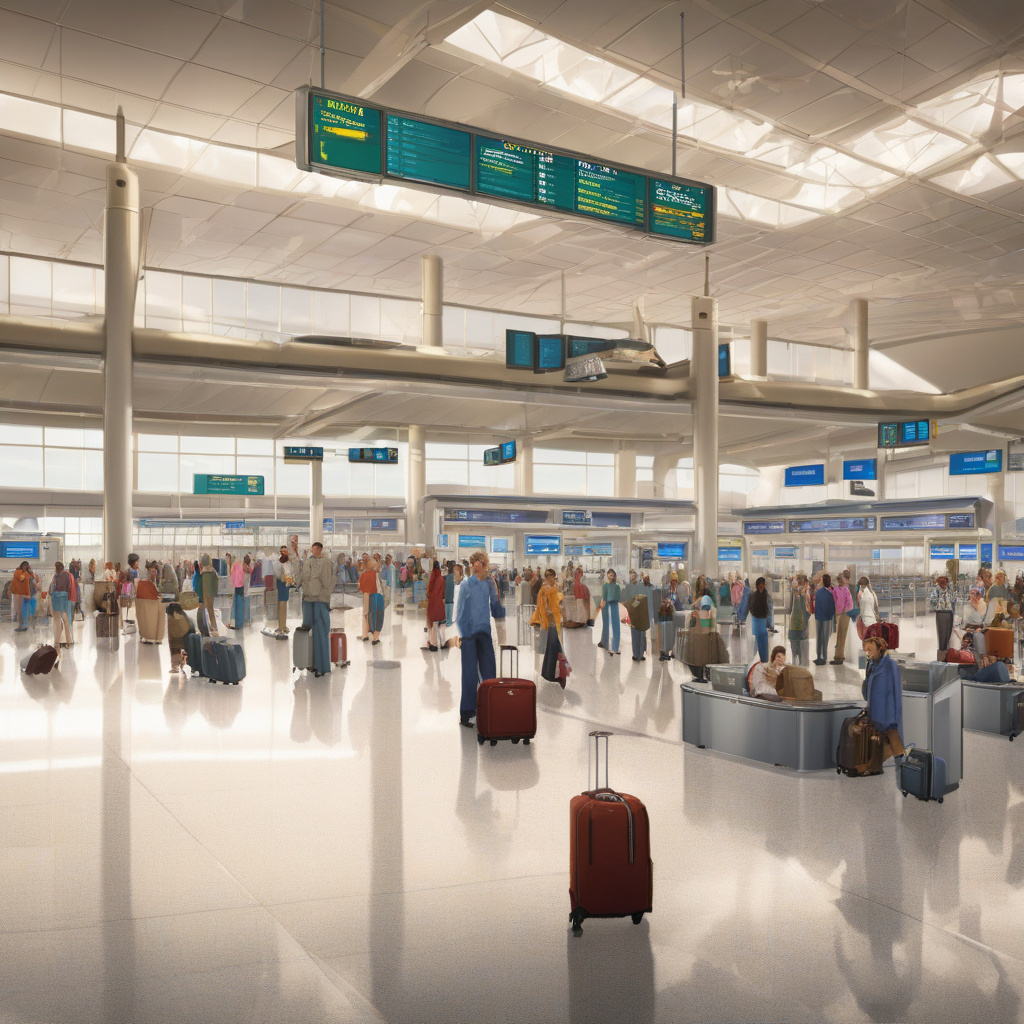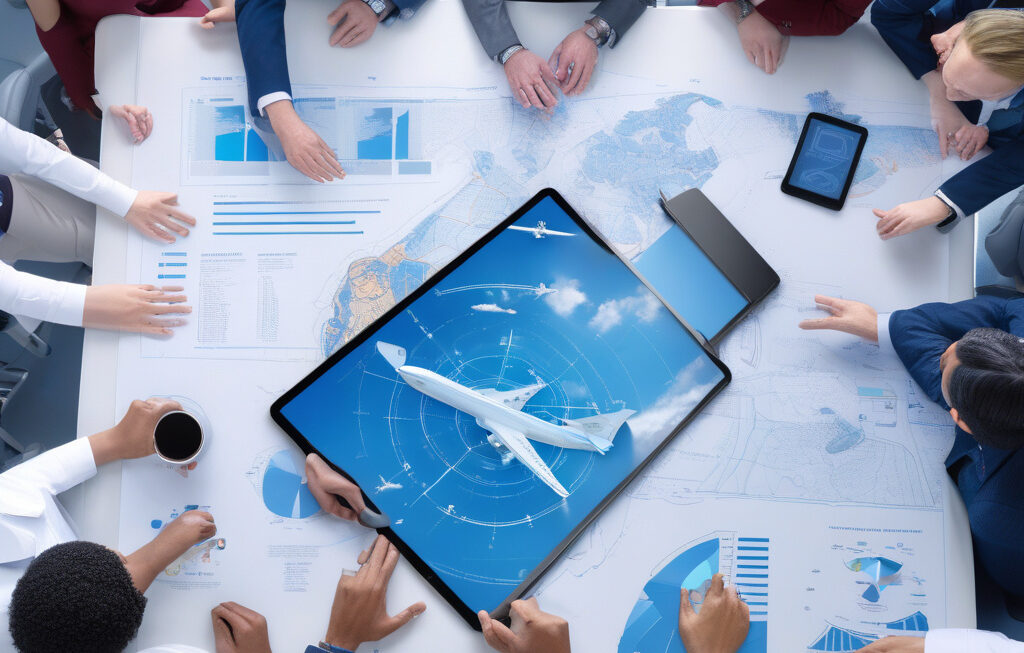US Airlines Grapple with Decreased Travel Demand Amid Safety Concerns and Economic Pressures
The aviation industry has always been a volatile one, with airlines at the mercy of fluctuating fuel prices, shifting consumer demands, and unforeseen global events. However, the COVID-19 pandemic has brought about a unique set of challenges that have left even the most seasoned industry players reeling. Safety concerns and economic pressures have combined forces to create a perfect storm for US airlines, leading to a significant drop in travel demand and a subsequent struggle to stay afloat.
One of the primary reasons for the decline in air travel is the heightened safety concerns brought on by the pandemic. With the highly contagious nature of the virus, many travelers are understandably wary of being confined in an enclosed space with strangers for an extended period. The fear of contracting COVID-19 while flying has led to a sharp decrease in bookings, particularly among leisure travelers. Even as airlines implement stringent safety measures such as enhanced cleaning protocols and mandatory mask-wearing, the public perception of air travel as a high-risk activity persists.
In addition to safety concerns, US airlines are also facing unprecedented economic pressures that are further compounding their woes. The global economic downturn triggered by the pandemic has resulted in widespread job losses, pay cuts, and financial uncertainty for many individuals. Discretionary spending, including travel, has taken a back seat as consumers prioritize essential expenses. Business travel, which comprises a significant portion of airlines’ revenue, has plummeted as companies slash travel budgets and opt for virtual meetings instead. The combination of reduced leisure and business travel has dealt a severe blow to airlines’ bottom lines, forcing them to reassess their profit forecasts for the year.
As a result of these challenges, major US airlines find themselves in a precarious position, grappling with the harsh reality of decreased travel demand and uncertain economic conditions. Carriers that once boasted record profits and robust expansion plans are now cutting routes, downsizing fleets, and laying off employees in a bid to survive the downturn. United Airlines, for example, recently announced plans to furlough up to 36,000 employees due to the ongoing travel slump. American Airlines and Delta Air Lines have also implemented similar cost-cutting measures to weather the storm.
Despite the gloomy outlook, US airlines are not without options as they navigate these turbulent times. One potential lifeline for the industry is government assistance in the form of grants, loans, and payroll support. The CARES Act, passed in March 2020, provided $25 billion in payroll support to US airlines to help them retain employees during the initial stages of the pandemic. However, with the funds set to expire in September, airlines are lobbying for additional financial aid to avoid further layoffs and service reductions.
Furthermore, airlines are exploring innovative strategies to stimulate demand and adapt to the new normal of air travel. Some carriers are offering flexible booking policies, waiving change fees, and introducing health passports to instill confidence in passengers. Others are tapping into alternative revenue streams such as cargo operations and charter flights to offset losses from passenger travel. By diversifying their offerings and embracing digital solutions, airlines can position themselves for recovery once travel demand rebounds.
In conclusion, the challenges facing US airlines amid the drop in travel demand are undeniably daunting, but not insurmountable. By addressing safety concerns, navigating economic pressures, and embracing innovation, airlines can weather the storm and emerge stronger on the other side. As the industry continues to adapt to the ever-changing landscape of air travel, one thing remains certain: resilience and agility will be key to success in the post-pandemic era.
US airlines, travel demand, safety concerns, economic pressures, pandemic restrictions












